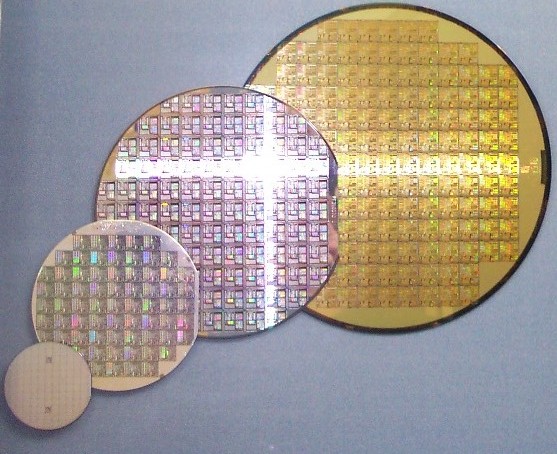Printing a Future

By Scott Michael Slone
You hear it humming and whirring, probably right next to you. It’s a small device that somehow takes your words and images and makes physical copies of them, all day long, and never stopping. It’s obviously your printer, but there’s a device coming around that would fit that description just the same, and yet has a much grander use. At the moment it exists as massive and expensive facilities, or centers and companies devoted to its use. It’s called nanofabrication, and researchers at Northwestern University are making it happen. Continue reading “Printing a Future”


